「かぼすと梅酒のものがたり」が金賞(令和7年12月3日)
 |
 |

2025年11月21日(金)に北野天満宮で、全国梅酒品評会2025の表彰式が開催されました。(足立総務課長が出席、写真前列左端)
柑橘系ブレンド梅酒部門で、「かぼすと梅酒のものがたり」が金賞、本格焼酎梅酒部門で、「いやんばい梅酒」が銅賞を受賞。それぞれ、大分特産のカボス果汁をブレンドした美味しい梅酒と、樽貯蔵の麦焼酎をベースにしたスモーキーな香りの梅酒です。
社員一丸で梅のヘタ取りをして仕込んだ愛着のある梅酒です。ぜひご賞味ください。
Plum fruit (September 1, 2022)
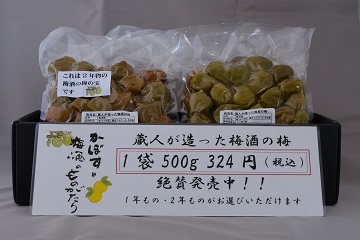 |
-300.jpg) |
-300.jpg)
|
As the summer heat lingers, why not relax, and refresh yourself with our plum fruit ?
In addition to a pleasingly low price, Kuge Honten’s plum fruit is free of artificial colourings and preservatives and benefits from an exquisite balance of sweet and sour flavours. If you cannot find them at your local liquor store, don’t worry! They are available at the Kuge Honten webshop.
The plum fruit is extracted from our plum wine made using Bungo and Nanko plums, all grown here in Usuki City, Oita Prefecture. With their fantastic crisp texture and a perfect mix of sweetness and tartness, it is easy to imagine the journey the plums have been on and the climate of Usuki where they were produced, whilst enjoying their fantastic flavours.
There are two varieties available with the pickling period being either 1 or 2 years.
*No artificial colouring or preservatives
*Please note - this product does contain alcohol (about 12% Vol)
Our Iyanbai Umeshu was Awarded a Gold Medal (November 16, 2021)
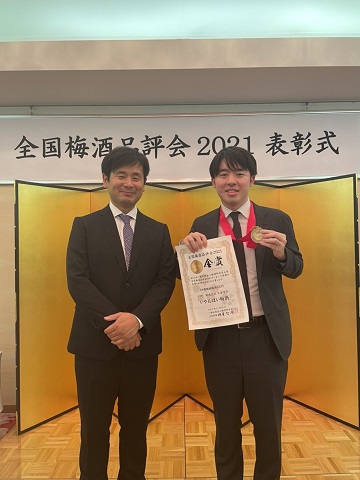 |
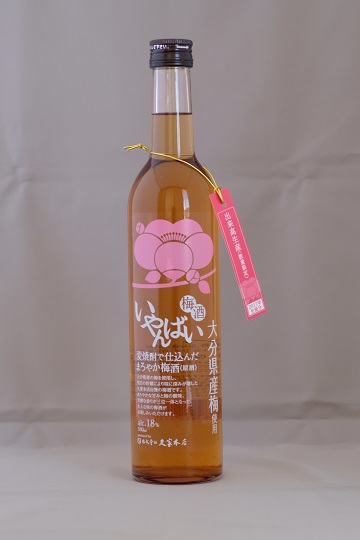 |
Our Iyanbai Umeshu was awarded the gold medal in the Authentic Shochu Umeshu Category (one of 8 umeshu categories) at the 6th National Umeshu Fair 2021. There were 167 different products exhibited with only one gold medal awarded in each category.
Iyanbai Umeshu is a plum wine made by pickling Bungo Plums and Nanko Plums, all cultivated in Usuki City, Oita Prefecture, with barley shochu. The barley shochu used is stored in sherry barrels, so you can enjoy the subtle sherry aroma and smoky, mature taste.
The word Iyanbai in local dialect means “good balance”, similar to “it’s just right!”
We are delighted at the certification of Usuki City to the UNESCO Creative Cities Network (UCCN) - Gastronomy. If this incredible achievement is compared to a beautiful meadow, then we would be honoured if our contribution above would represent even a little flower.
The “De-calyxing” of the Plums (May 27, 2021)
 |
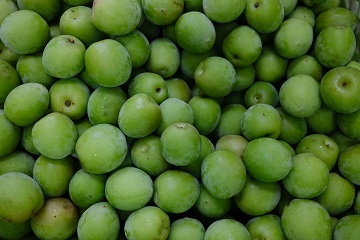 |
All employees (even office staff and staff from our product department) help to remove the calyxes from our plums.
This year the Usuki plums have been harvested a little earlier than usual, so are bright green in colour. They are in fantastic condition.
After removing the calyx, the plums are immediately soaked in alcohol and used to make our delicious plum wines - Kabosu to Umeshu no Monogatari (“The Story of Kobosu and Plum Wine”) and Iyanbai Umeshu.
Plum Fruit (May 14, 2021)
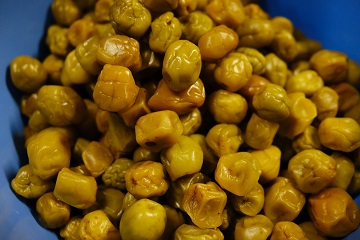 |
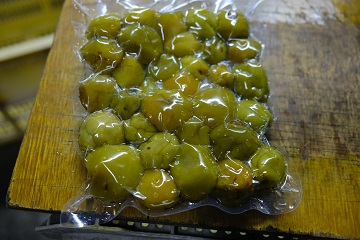 |
After being soaked for about a year the plum fruit is removed and vacuum sealed.
You can purchase 500g for only \216, which we think is a bargain! They sell out very quickly every year. They will be on sale from the middle of next week - around May 19th - so if you are interested, please contact us (only available in Japan).
If you look at the plums in the picture on the left-hand side, you may notice they are slightly darker in colour. These plums have been soaking for 2 years and are incredibly rich and tender. There will only be around 50 packs available which will be shipped randomly! So, if you receive one on these special packs you are lucky, and we hope you enjoy them.
Plum Wine - Kaiire (Paddle)(October 26, 2020)
After about 6 months of pickling, we use a kaiire - a kind of paddle - to stir the wine.
During the pickling process the rock sugar accumulates at the bottom of the tank which is why it is important to stir the mixture to ensure a consistent concentration.
As the pickling continues, the plums gradually rise from the bottom of the tank to the surface.
We are in the Middle of Making Our Plum Wine (June 15, 2020)
Removing the calyxes from the plums is a task that requires a level of patience! We carefully remove the calyx using a special tool called a senmaidoshi - a tool for making holes, also known as an eyeleteer.
Due to the impact of the coronavirus, we are currently operating with around half of our usual workforce. So, everyone has to chip in with the “de-calyxing”, including the office staff, and staff from our product department, when they have the time.

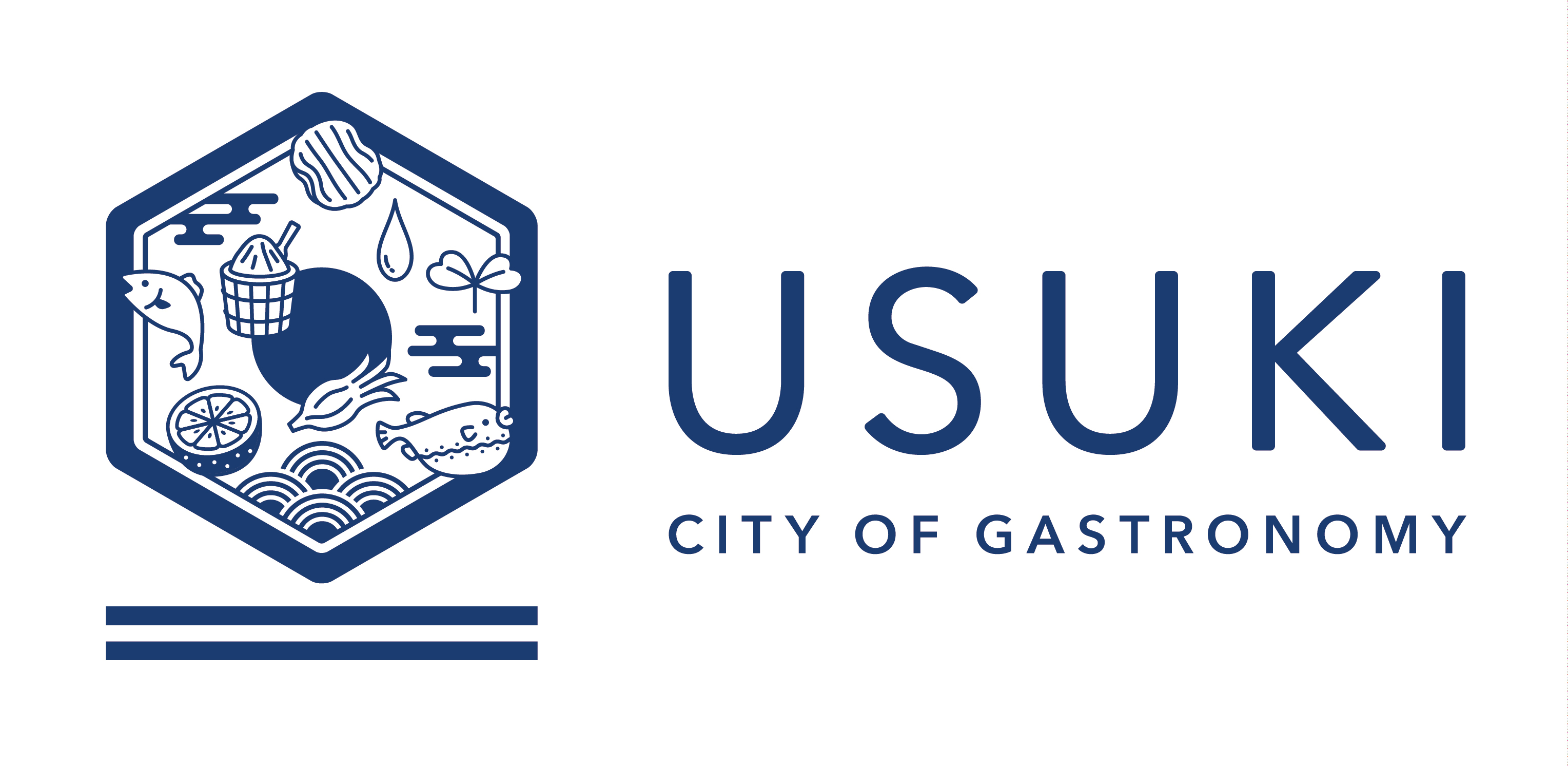

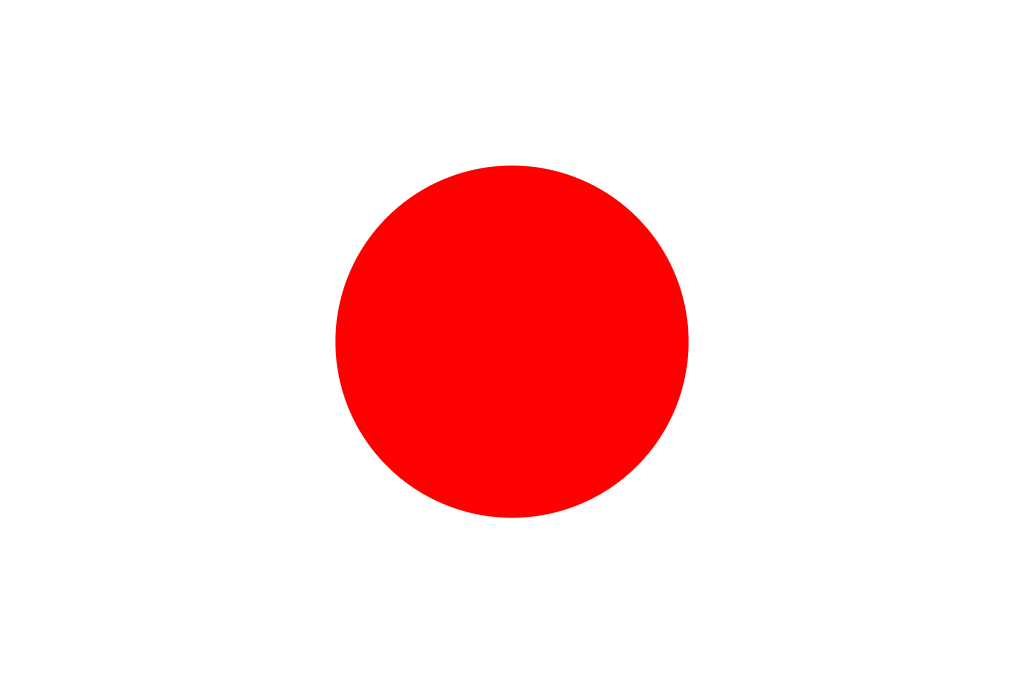 日本語
日本語